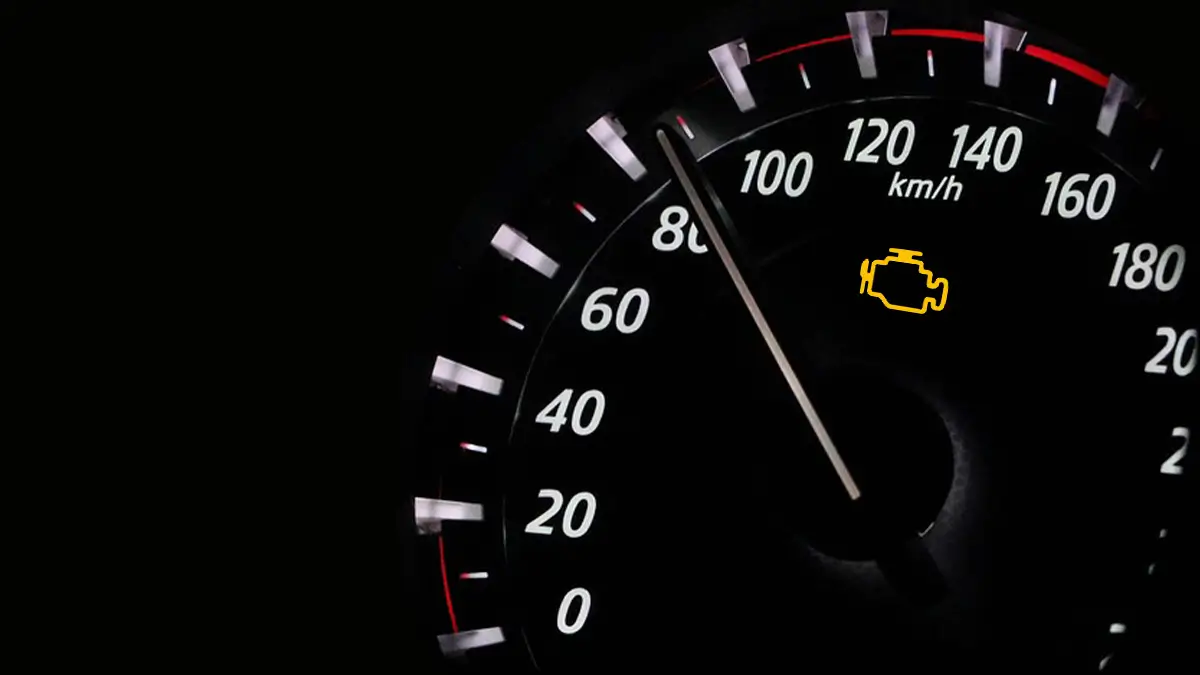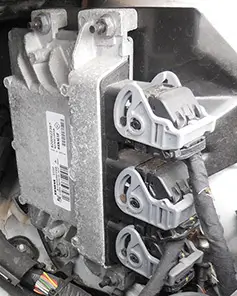A loss of power is often a sign that limp mode has been activated, along with the check engine light on the dashboard, leading to altered engine performance that can cause various issues while driving.
The activation of limp mode is often a topic of discussion and is likely the main cause of an idling engine. This power loss can be very problematic depending on the circumstances, as it makes driving quite difficult. To identify the issue, you can use a car diagnostics scanner.
However, a faulty mechanical part will not always trigger limp mode, but it can still lead to a drop in performance depending on the defective component.


Are you looking for a car scanner ?
Limp mode in vehicles
The activation of limp mode is often accompanied by a dashboard message instructing you to visit a workshop. Your engine still runs but in idle mode, and it is generally impossible to exceed 3000 RPM.
The engine is essentially restricted to prevent mechanical damage without forcing an immediate stop. You can still drive, but it may be quite dangerous depending on the circumstances. The resulting power loss serves as a protection for the engine and its various mechanical components.
A flashing check engine light at this moment indicates that the issue could lead to serious engine damage.
The importance of the engine control unit (ECU)

The engine control unit (ECU) decides whether to activate limp mode based on various data it receives. It relies on sensor data to manage engine components via actuators (injection, ignition, RPM, etc.). It also generally manages transmission elements (clutch, gearbox).
A car also has other ECUs that control different electronic systems:
- Active safety (ABS, ESP, etc.)
- Interior safety (seatbelt detection, airbags, etc.)
- Comfort (cruise control, air conditioning, seats, etc.)
What are the risks of limp mode?
First, driving in limp mode itself is risky because with limited power, it becomes difficult to drive under normal conditions. It is particularly dangerous on highways, fast lanes, mountainous roads, and even in urban areas.
Engine idling can also negatively affect certain mechanical parts, causing them to wear out faster. This is especially true for the EGR valve, DPF, or the catalytic converter, which may not function properly at low RPM.
However, a loss of power does not necessarily mean the engine is in limp mode…

Are you looking for a car scanner ?
How to know if the engine is in limp mode?
The simplest way is to perform a car diagnostic, which will return a fault code corresponding to a faulty mechanical component in the engine.
Note that visiting a mechanic or dealership is not mandatory, as you can perform this operation at home using a simple car diagnostics scanner and software to read and clear fault codes.
A DPF fault can notably trigger limp mode. You can then focus on fixing the issue and clearing the fault code. The limp mode will deactivate itself once the system detects no further risks.
In newer vehicles, the onboard computer may inform you when limp mode is activated, which can be useful even if it does not specify the exact issue.
Power loss and check engine light due to a faulty component
Some mechanical components can impact vehicle performance without activating limp mode. The power loss may not be as severe but can still be troublesome. This is why a car diagnostic is very useful, as it helps quickly identify the issue. The check engine light may also illuminate to indicate a problem.
Diesel particulate filter (DPF)
The diesel particulate filter is unfortunately well known for its issues… If the DPF is clogged, the engine cannot properly expel exhaust gases, which naturally leads to power loss.
EGR valve
The same principle applies to the EGR valve. It is responsible for recirculating and redistributing some exhaust gases to burn toxic particles. However, it gets clogged over time, causing significant performance drops.
Limp mode activation often follows shortly after an EGR valve fault, and the check engine light almost always turns on.
Crankshaft and camshaft sensors
The crankshaft and camshaft sensors allow the ECU to determine the position of the pistons and the combustion cycle. Without them, or with at least one being faulty, engine synchronization is not optimal, leading to acceleration issues and significant power loss.
In such cases, limp mode usually activates quickly, as poor synchronization can cause engine damage (valves colliding with pistons).

Are you looking for a car scanner ?
How to disable limp mode
First and foremost, limp mode indicates a significant issue with your vehicle. Before disabling this message, it is crucial to understand the cause of the power loss and why the engine entered limp mode.
You can disable limp mode using a car diagnostics scanner. This will turn off limp mode and reset the check engine light.
However, be cautious, as the engine will re-enter limp mode if it detects the issue again.
This process is possible for all car brands: Peugeot, Renault, Dacia, Audi, Volkswagen, Citroën, Mercedes, etc.
To learn more
That’s it for this article on the limp mode. If you have any tips or questions, feel free to share them in the comments.
You can also share this article with your friends on social media!

